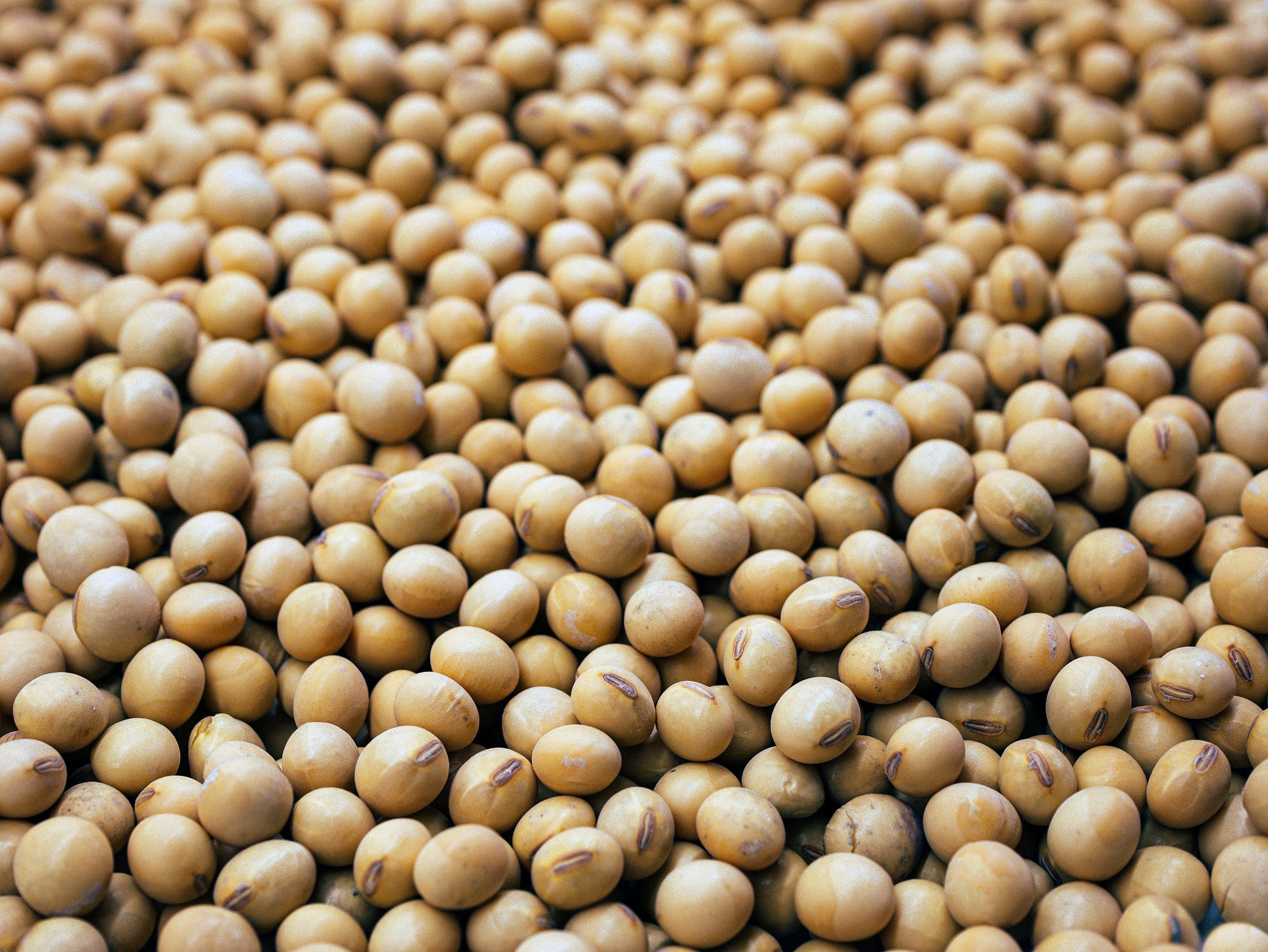

· By Scott Wells
The Downsides of Soy Protein
High in protein, but questionable in overall impact to your health.
People have a love-hate relationship with soybeans–depending who you ask they are either a phenomenal plant-based protein that has a wide variety of cooking and packaged food uses, or a harmful plant that affects our hormones, is usually genetically modified and isn’t a complete protein.
Why the Soybean Became So Popular
The soybean originated in Asia over 5,000 years ago as a staple crop, but today, soy protein is a popular choice for plant-based diets and is found in everything from protein bars and shakes to meat substitutes and packaged snacks. Its popularity stems from its affordability, versatility, profitability for large-scale industrial farmers (the US government heavily subsidizes it) and relatively high protein content.
Soybeans typically have high crop yields, low production costs, and significant government subsidies, and can grow in a wide range of climates and soils, making them a reliable crop for farmers worldwide. Their ability to fix nitrogen in the soil reduces the need for chemical fertilizers, further cutting production costs. The soybean’s wide variety of outputs including soy protein isolate, soybean oil, animal feed, and biofuels, makes for a profitable crop–the second most cultivated crop in the United States, with over 87 million acres dedicated to their production annually, much of it grown in large-scale monocrops. However a whopping 94% of soybeans are genetically modified to help increase yields and pest resistance.

So just pause for a second and think–how has this abundant and inexpensive supply of soy affected livestock? Could it be the lower cost of grain-fed beef in the US, the majority of beef that is sold in the US, be affected by cheap soybean feed? Some folks are realizing that one of the main reasons conventional grain-fed, feedlot beef is cheaper is because of the corn and soy feed, which is subsidized by the government.
The Downsides of Soybean-based Foods
Soybean-based foods and proteins for human consumption also raise concerns due to its anti-nutrient content, processing methods, and environmental impact. While it offers a convenient protein option, the downsides of soy protein include:
Anti-nutrients:
-
Phytoestrogens that can affect hormone balance
-
Phytic acid reduces mineral absorption
-
Lectins can cause digestive issues
Processing concerns:
-
Often chemically extracted using hexane
-
High temperatures damage protein structure
-
Usually GMO unless specified otherwise
Common side effects:
-
Bloating and gas
-
Thyroid function interference
-
Allergic reactions (common allergen)
-
Mineral deficiencies due to binding properties
Environmental impact:
-
Heavy pesticide use
-
Deforestation for soy farming
-
Most soy crops are GMO monocultures
Absorption issues:
-
Lower bioavailability than animal proteins
-
Missing essential amino acids
-
Body must combine with other proteins for complete profile

Final Thoughts: A Versatile Crop, with Nutritional and Environmental Downsides
Soy protein’s widespread use is a testament to its affordability and versatility, but like all foods these days, it’s important to look a few layers deep. While it has become a staple in plant-based diets and processed foods, the environmental, nutritional, and processing concerns raise serious questions about its long-term impact. From anti-nutrients that interfere with digestion and mineral absorption to the heavy pesticide use and deforestation tied to monocropping, soy protein often comes with hidden costs. Its incomplete amino acid profile and lower bioavailability compared to animal proteins further limit its nutritional value.
At Wild Horizon, we believe in fueling your body with simple, nutrient-dense foods that work with nature—not against it. You won’t find us eating soy-based anything at Wild Horizon HQ. And of course our grass-fed beef protein bars will NEVER contain any plant protein. Instead, we support grass-fed, grass-finished, pasture-raised beef, sourced from regenerative ranches and farms based in the US. Because your body deserves the highest-quality protein.
